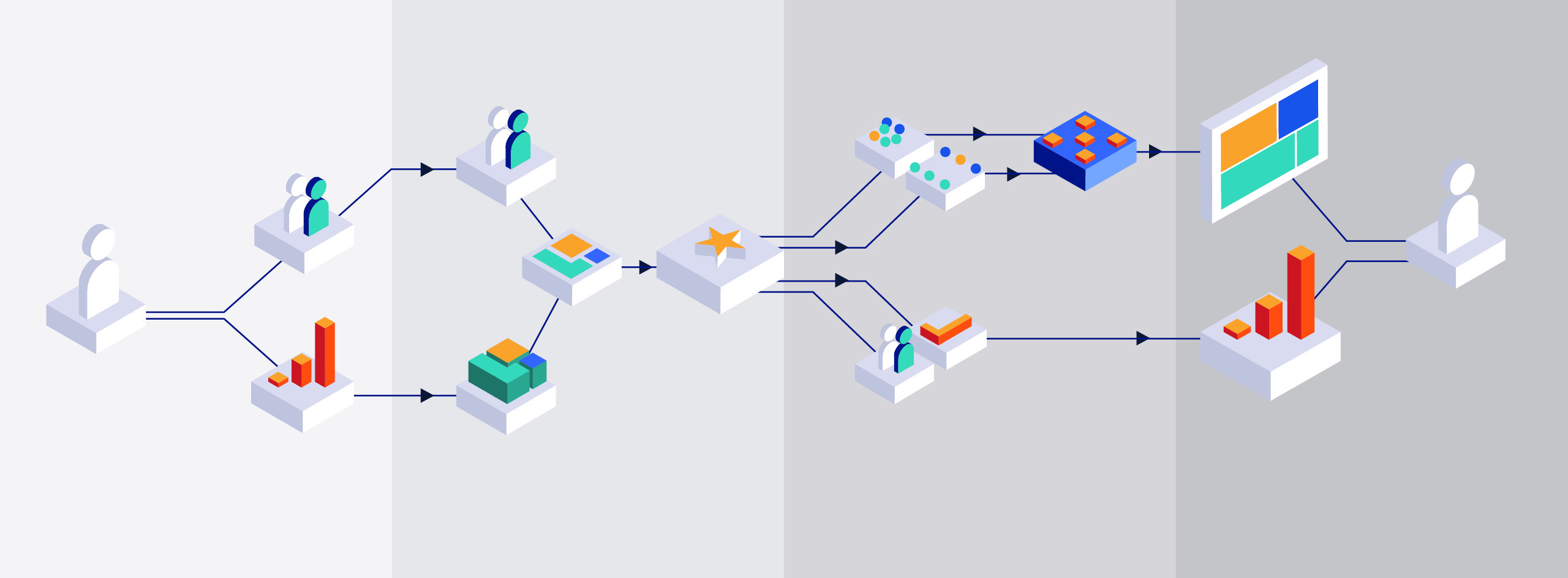According to PwC, companies have a lot of progress to make before they start making better use of the data. The study found that while 75 percent of business leaders from companies, of all sizes, feel they’re “making the most of their information assets,” in reality, only 4 percent are set up for success. Overall, 43 percent of companies surveyed “obtain little tangible benefit from their information,” while 23 percent “derive no benefit whatsoever,”.
Data driven decisions are only as good as the data they are based on. The quality of the data is more than just about good records, but how well it can be combined with other data sources. particularly for machine learning solutions, the data captured needs to be labeled, so that models can be trained against it.
What can we do to improve? First we must figure out where we are on our data journey. At Creme Global we like to do a data maturity health check. A structure we use to do this is to map a company’s data needs to Maslow’s hierarchy of needs. Maslow’s peak represented self actualisation or the achievement of reaching one’s full potential through introspection. On the data journey the peak represents something similar for a company, or the ability for a company to achieve peak efficiency. To get to this peak some fundamentals must first be put in place.
Capture: The base of the pyramid is about capturing all the relevant data and presenting it in a fashion that it can be integrated, whether that is a database, text file or excel spreadsheet. It deals with logging services, sensors, user input, etc. Once these basic needs are met we start to try to understand the data. It is possible to work on infrastructure, look at data standards, data quality, security and privacy.
- Understand: With data captured a company can start to process data in various ways, create complex queries and run these on a schedule, and create and infer metadata. This might be comparing products sold to profits, or extracting other key performance indicators for the company or individuals.
- Insight: The data is now qualified enough to generate reports and explore the data, this could be on a KPI dashboard, or using business intelligence tools to explore what variables affect each other or try to visualisation and hence understand anomalies such as a dip in sales.
- Predict: Finally when we understand what is happening in our business today we can move to predicting the future or the effect of changing aspects of our business. We can model our business and change variables to see if it improves profits, or we can build machine learning solutions to assist in automating our business.
The reality for most companies is that they are performing well in some areas or departments where they may have a data strategy. This data strategy will define a system for gathering data, harmonising with other data sources and visualising it in a Business Intelligence tool. This will allow them to start predictive modeling in just this slice of the business.
At Creme Global we offer tools and services to help:
- Get a data health check.
- Acquire and manage data from various sources.
- Explore and visualise what key metrics the data are revealing.
- Build predictive model.


